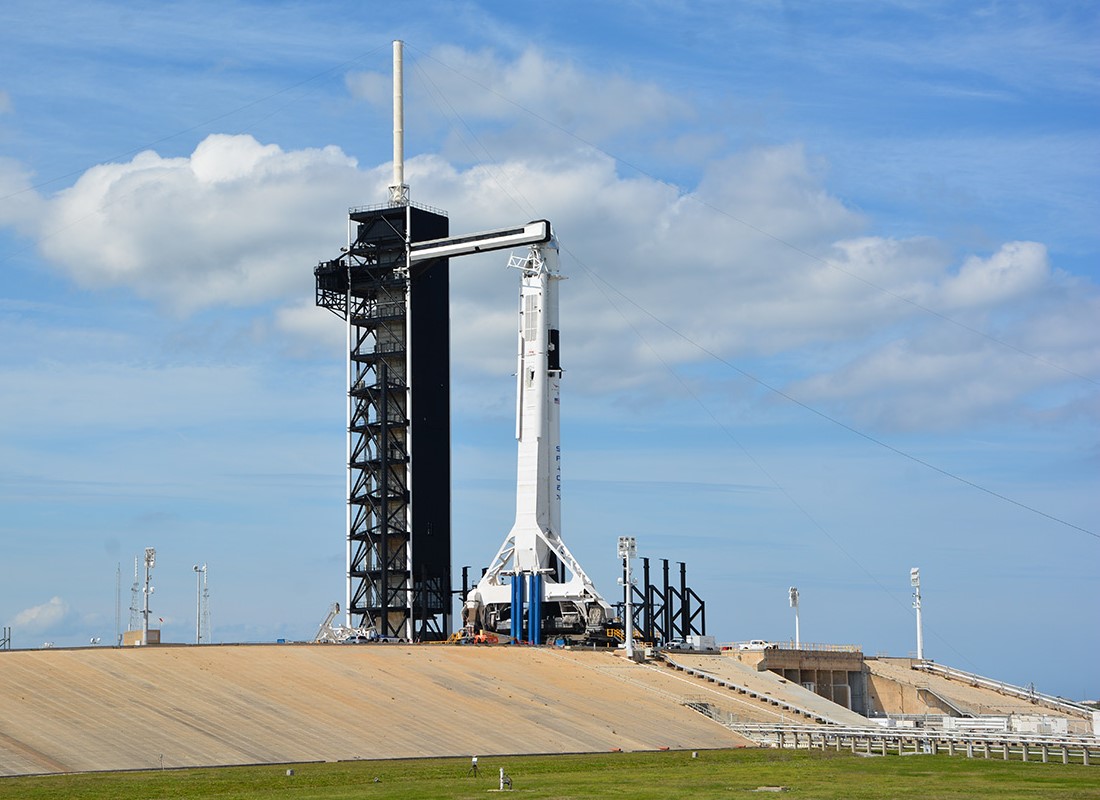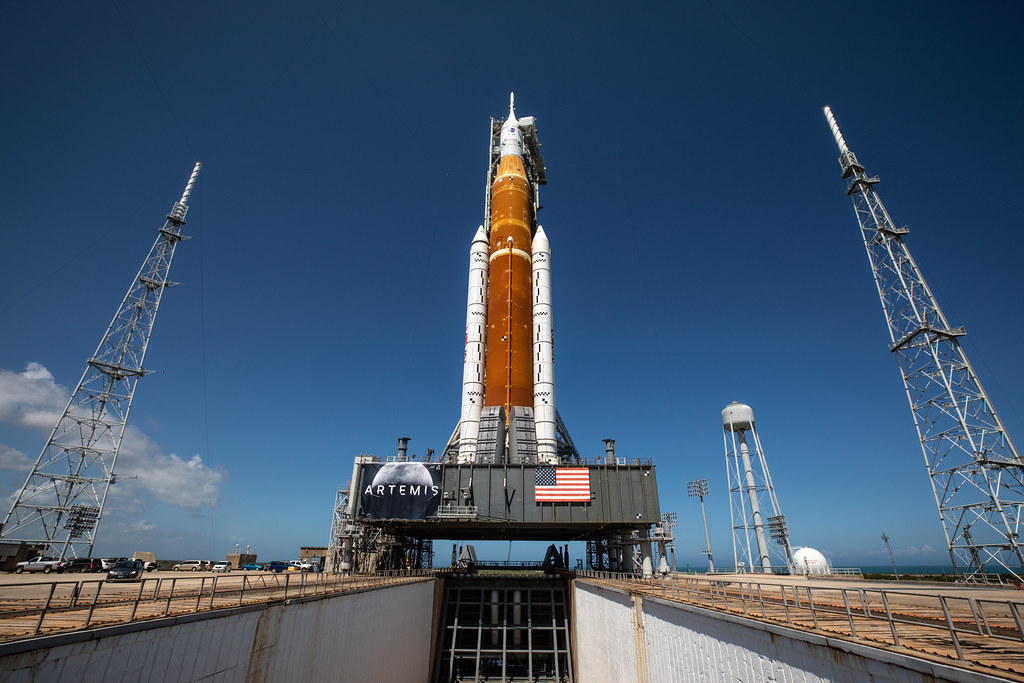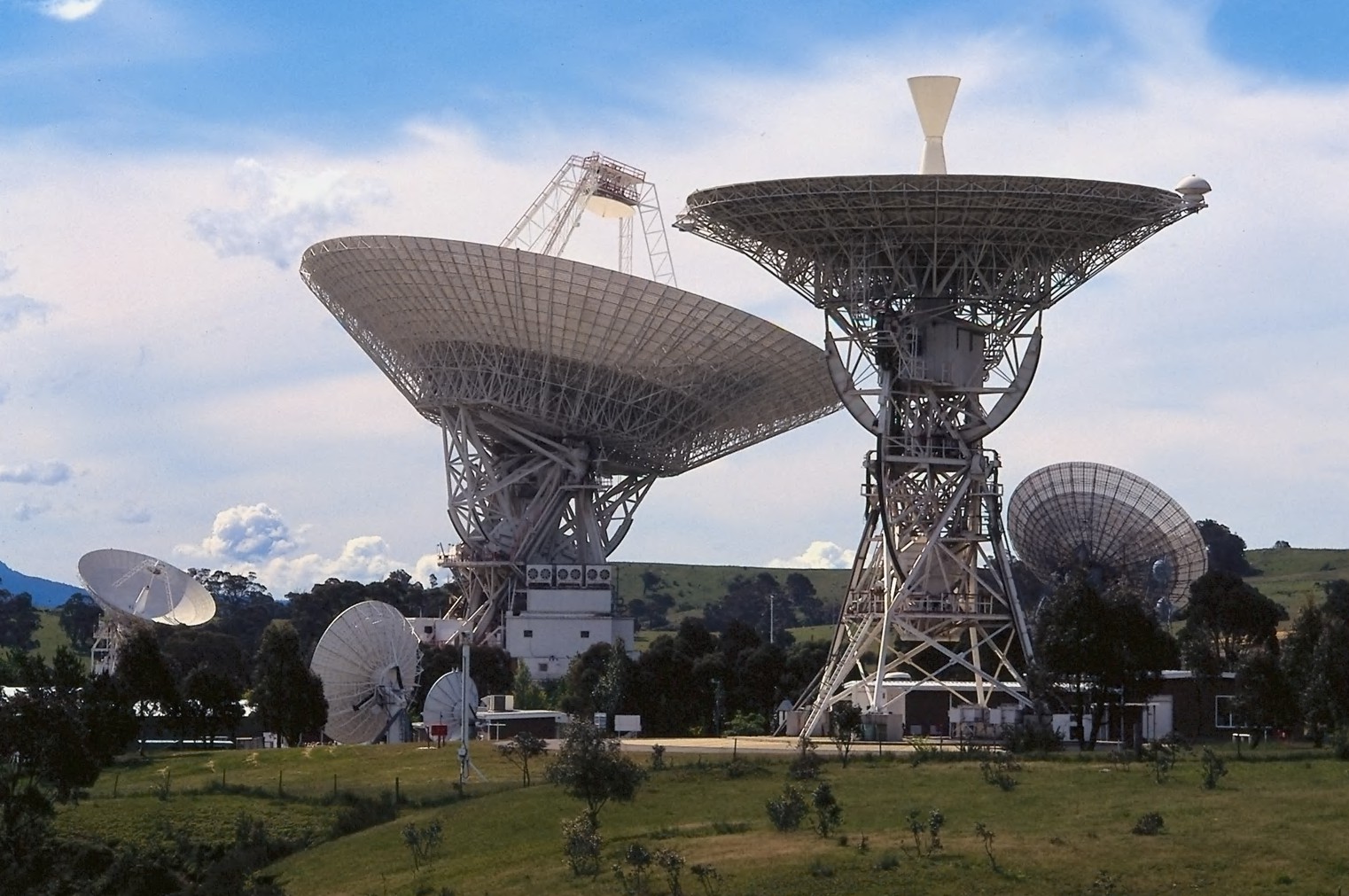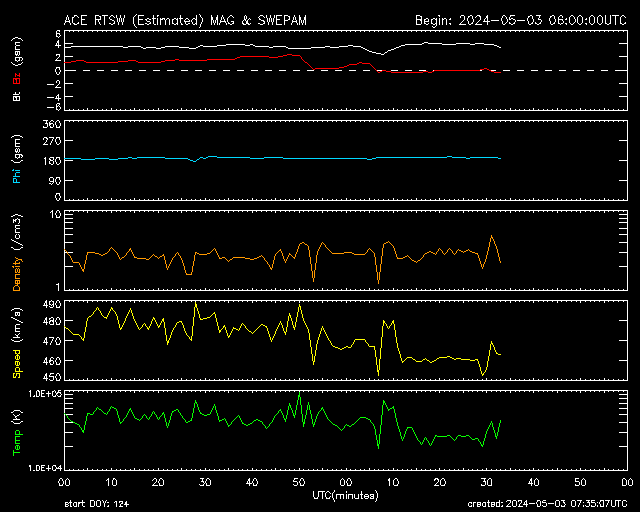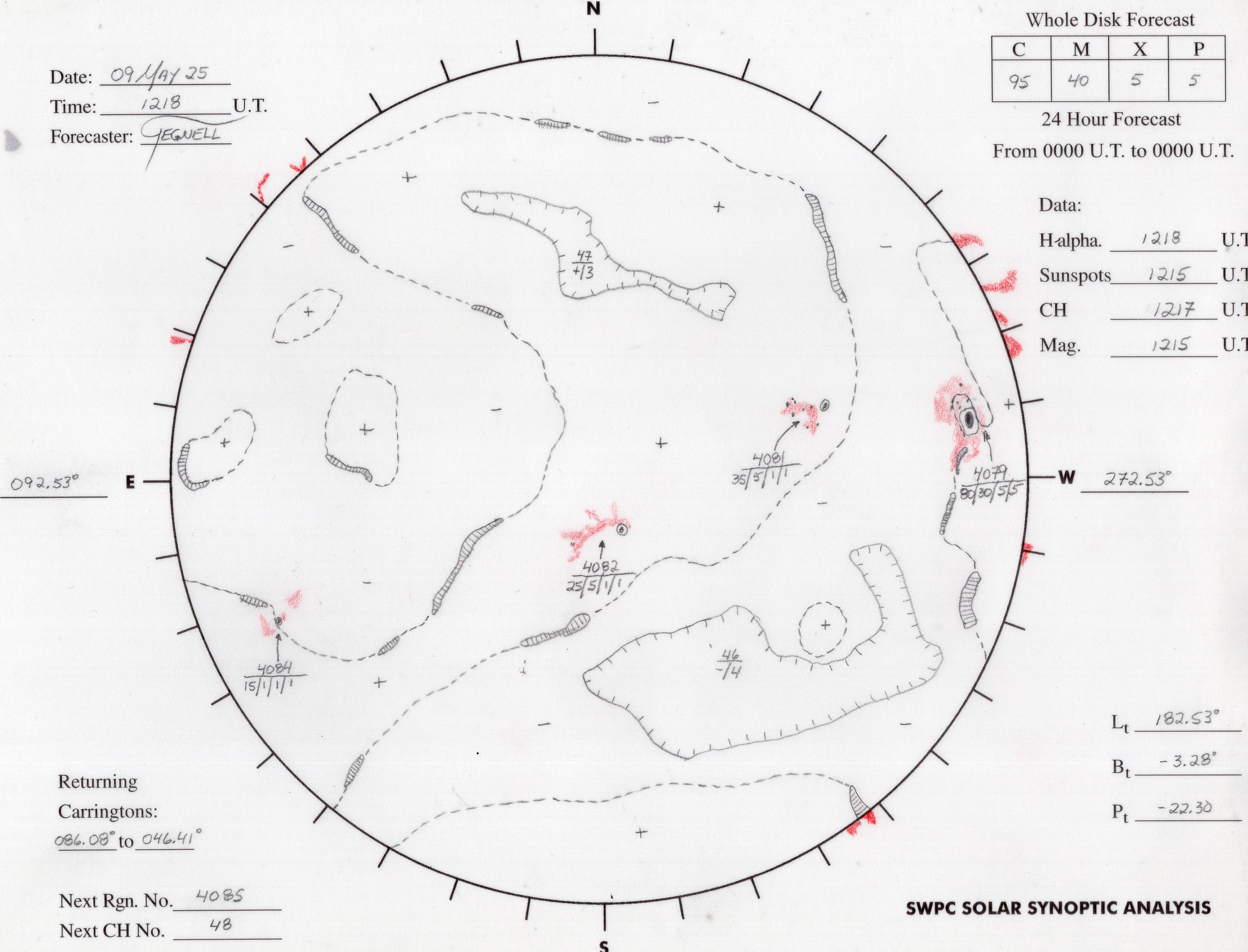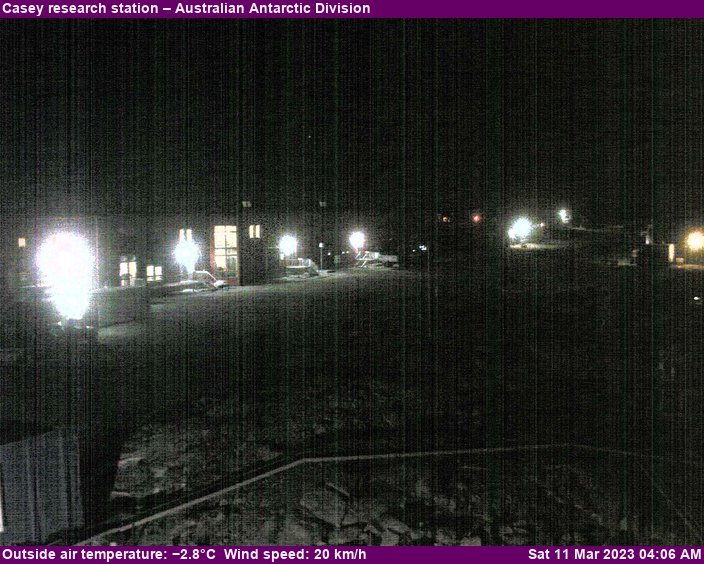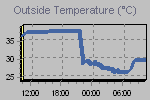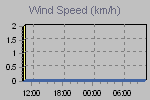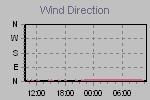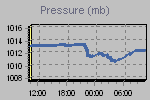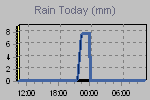On May 3rd 2022 Ingenuity’s team of engineers and scientists got their first hint of the hardship to come when they opened their comm logs to find radio silence. The small helicopter, sitting on a planet 240 million km (149 million miles) away, had run out of power while trying to keep itself warm during the cold Martian night. It likely happened in the early morning hours of Sol 426 (May 1st , 2022), a date roughly halfway between the Autumnal equinox and Winter Solstice on Mars. Or in more familiar terms, it was mid-November on the Martian surface.
Despite the overnight loss of power, the morning sun was still strong enough to revive the helicopter in the morning. This required the helicopter to generate enough electrical power to activate heaters, thaw out the frozen battery, and charge it sufficiently before bringing the avionics back to life. This process, performed by the “Lazarus circuit”, allows the helicopter, like Lazarus of old, to return to life after being effectively dead the night before. The overnight brownout, while not fatal, does reset the onboard clock, causing Ingenuity to lose all sense of time and forget to wake up as scheduled. Instead, the computer wakes up and attempts to talk to the rover 2 hours and 15 minutes after the initial power-on. The exact timing of this entire process is based on a complicated combination of fluctuating factors such as battery charge, wind, dust, and temperature. As each morning’s wakeup was different, the team had to use the helicopter base station on the rover to search for Ingenuity’s signal using a search window covering the predicted wakeup time. Only when a communications link was established could Ingenuity’s clock be synchronized to allow a scheduled activity later in the day.
As the Martian year is twice as long as Earth’s, so too are its seasons. With the Martian spring still eight long earth-months away, engineers had to find a way to operate in this new normal. Ingenuity’s heaters normally kept its internal components at a comfortable -15 C, but with a complete power loss every night, components were now being subjected to far more extreme temperatures. The first casualty was the inclinometer, which failed soon after the start of winter operations. Dealing with this failure and adapting to the new operations paradigm consumed precious time while the Sun grew darker with each passing sol. The team managed only a single checkout flight before winter came in earnest.
The Martian winter is a one-two punch of lower insolation (amount of solar energy reaching a given area) and greater dust storm activity. Nighttime temperatures plunged to -85 C (-120 F), requiring more and more power to stay warm. With less solar power, came less energy for flights, eventually grounding the helicopter entirely for two consecutive months. As the primary seasonal dust storm abated, the team managed to resume flying with a series of short, low-energy flights, covering limited distances as it struggled to keep up with the rover. Under normal conditions, Perseverance’s four-legged friend can fly further in 3 minutes than the rover can drive in a day. However, the helicopter’s now extremely limited energy budget made it almost impossible for it to fulfil its role as Perseverance’s faithful companion and scout. Indeed, the nuclear-powered rover carried on much as it had before, driving unperturbed while the helicopter limped doggedly behind it.
As winter progressed, Ingenuity looked forward to increased sunshine and the energetic flights that that would allow. Instead, each time the skies appeared to be clearing for good, the heli was battered by another dust storm that blocked out the sun. With each storm, the dust layer on the solar panel grew thicker, making the prospect of surviving the night fainter. Still, the cheerful heli kept moving forward in spite of these obstacles, exhibiting a surplus of the very attribute for which its rover companion was named.
Through this time, the team continued to execute a steady series of short flights, always hoping for a renewal and rebirth into that oft-remembered mode of nighttime survival. It seemed fitting then that the dawning of the Martian spring (and the new year) was to occur on the day after Christmas. With cautious optimism, the team planned a flight for the evening of December 24th, hoping that Ingenuity would finally shake off the dust and start the new year with renewed vigor (i.e. more electrical charge). This would not come to pass as the capricious Martian weather dashed hopes yet again with a short, but severe dust storm, forcing an abort to the planned flight. While Ingenuity went on to execute 3 short flights in the subsequent month, it was still (literally) freezing to death every night.
A New Day Breaks
One month to the day after the Dec. 24 flight attempt, Ingenuity did something it hadn’t done during the previous 260 sols - it slept “warmly” through the entire night. Data leading up to this event had suggested that such a survival was possible, but 8 long months of winter had tempered the team’s optimism. When Ingenuity’s team reviewed the downlinked data, they found that not only had it started living through the night, but had actually begun to bank power in its batteries. We’ve now seen end-of-sol states of charge in our batteries of more than 90% -- an unbelievable number just days earlier. All the above means our sleepy friend has finally awoken from its long winter malaise, just in time to race up the Jezero Crater Delta and provide valuable advanced imaging for Perseverance.
While the last 8 months have been challenging, it seems our biggest challenges may lay just ahead. We’ve known since before our first flight on Mars that the rover sets an aggressive pace. Staying with or getting ahead of Perseverance has been a challenge in the past, and will it only grow more difficult as we enter the rugged, unfamiliar terrain of the delta. We expect that Ingenuity’s flight paths and landing zones will be full of hazards, and that radio performance between helicopter and rover may drop in and around the large geographic features that dominate this area. We know that any significant setback in flight distance or frequency may quickly put us out of communications range as the rover drives forward, never to return.
To meet these challenges, Ingenuity and her team will continue to push the boundaries as we always have. Every sol on Mars is an experiment in the survivability and capability of our small rotorcraft. It goes without saying that there are no guarantees when it comes to flying on Mars, but as long as our helicopter continues to endure each Martian night, and talk to us each Martian morning, we’re going to keep pushing further, faster, and higher. We’re going to stretch our legs, shake off the Martian dust, and fly like we’ve never flown before.
Written by Travis Brown, Chief Engineer Ingenuity Mars Helicopter at NASA's Jet Propulsion Laboratory
